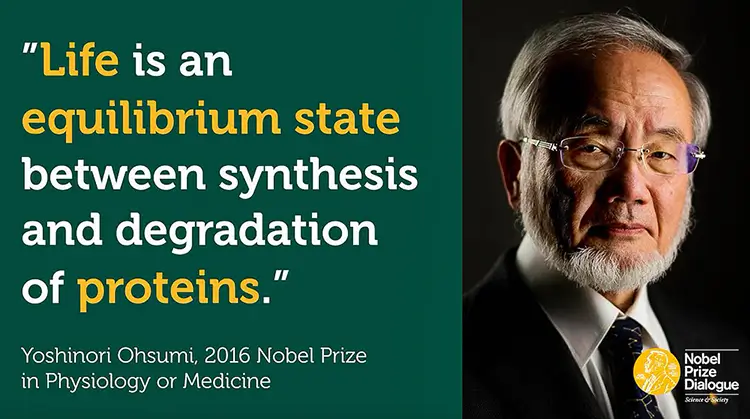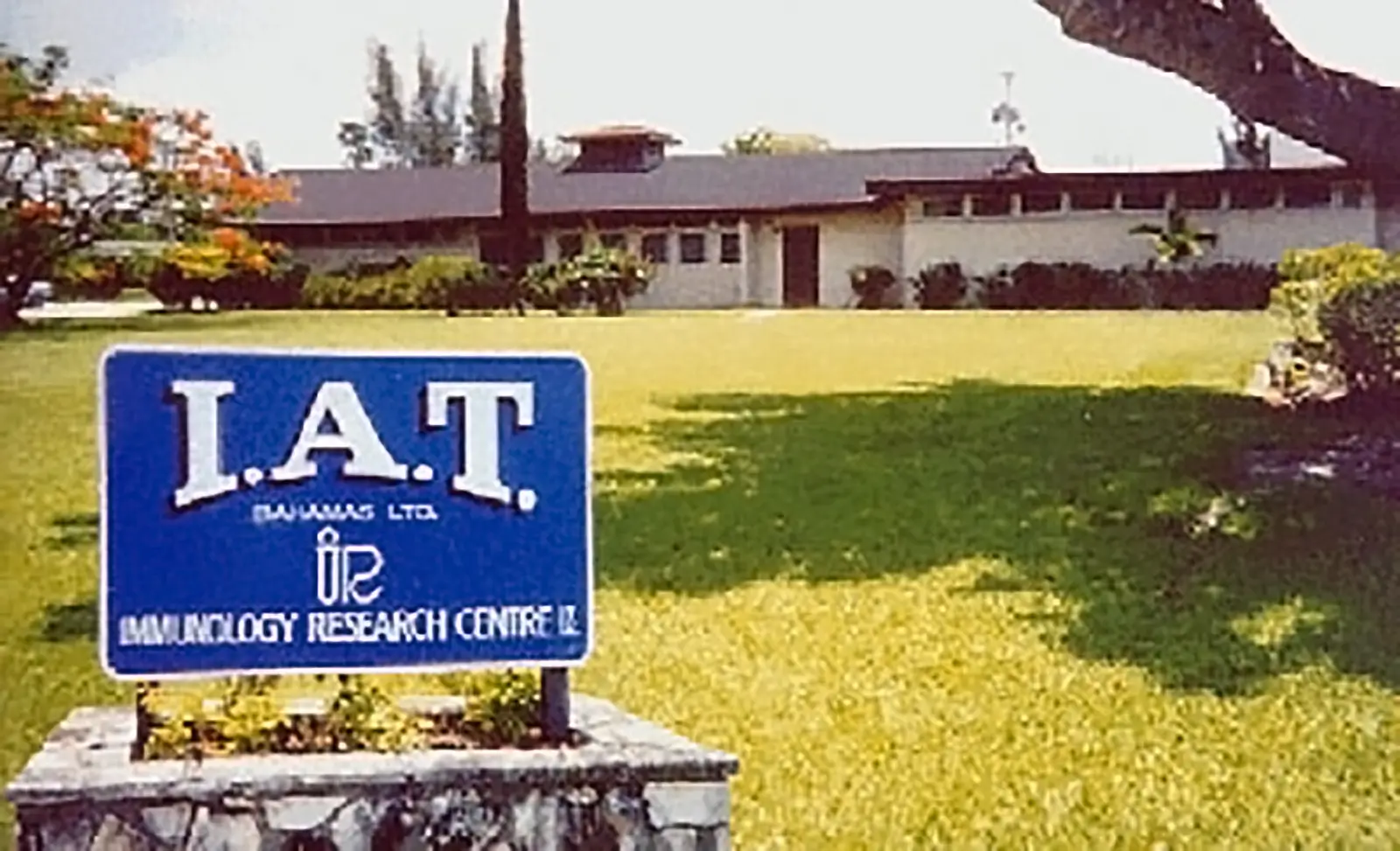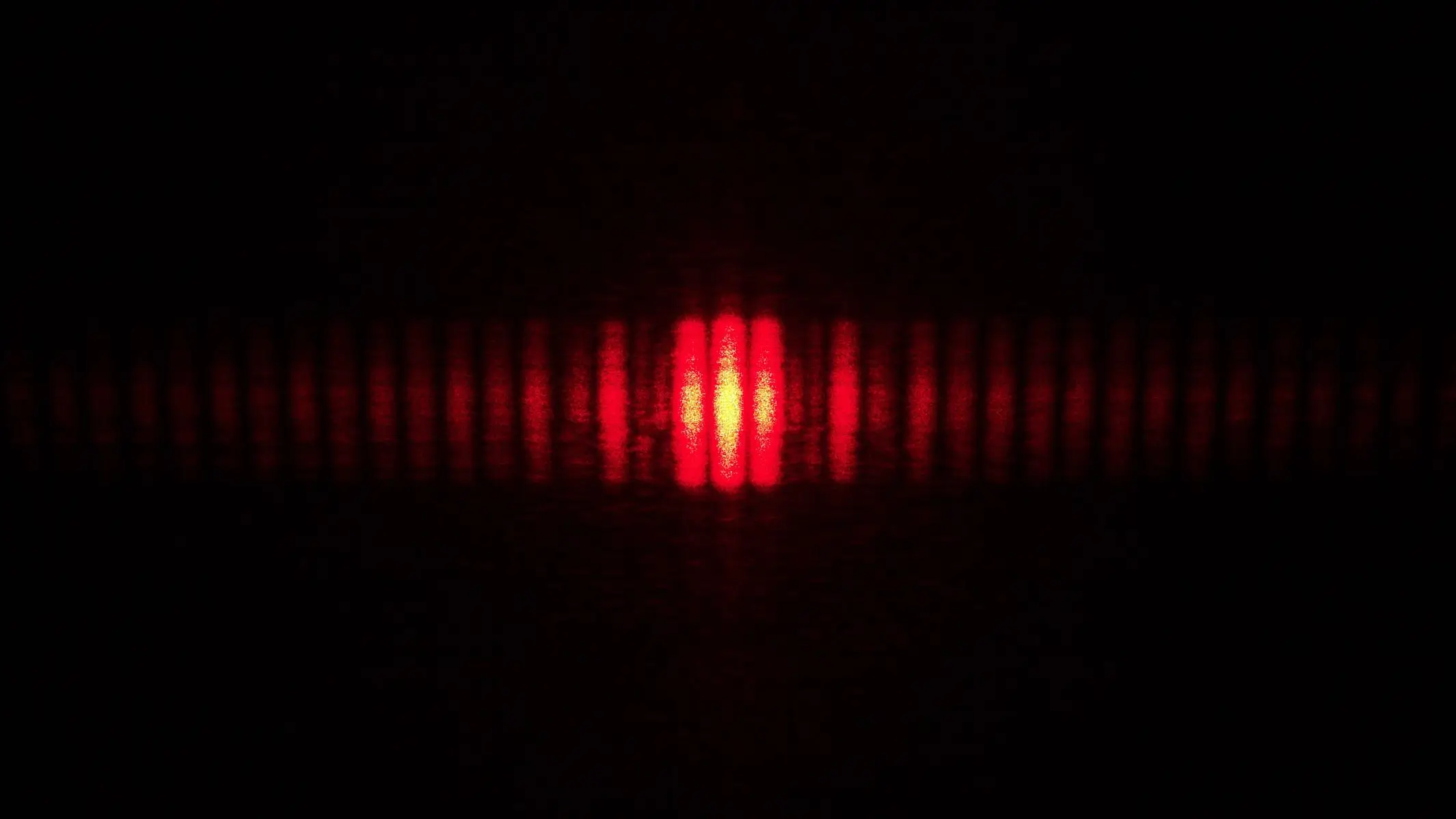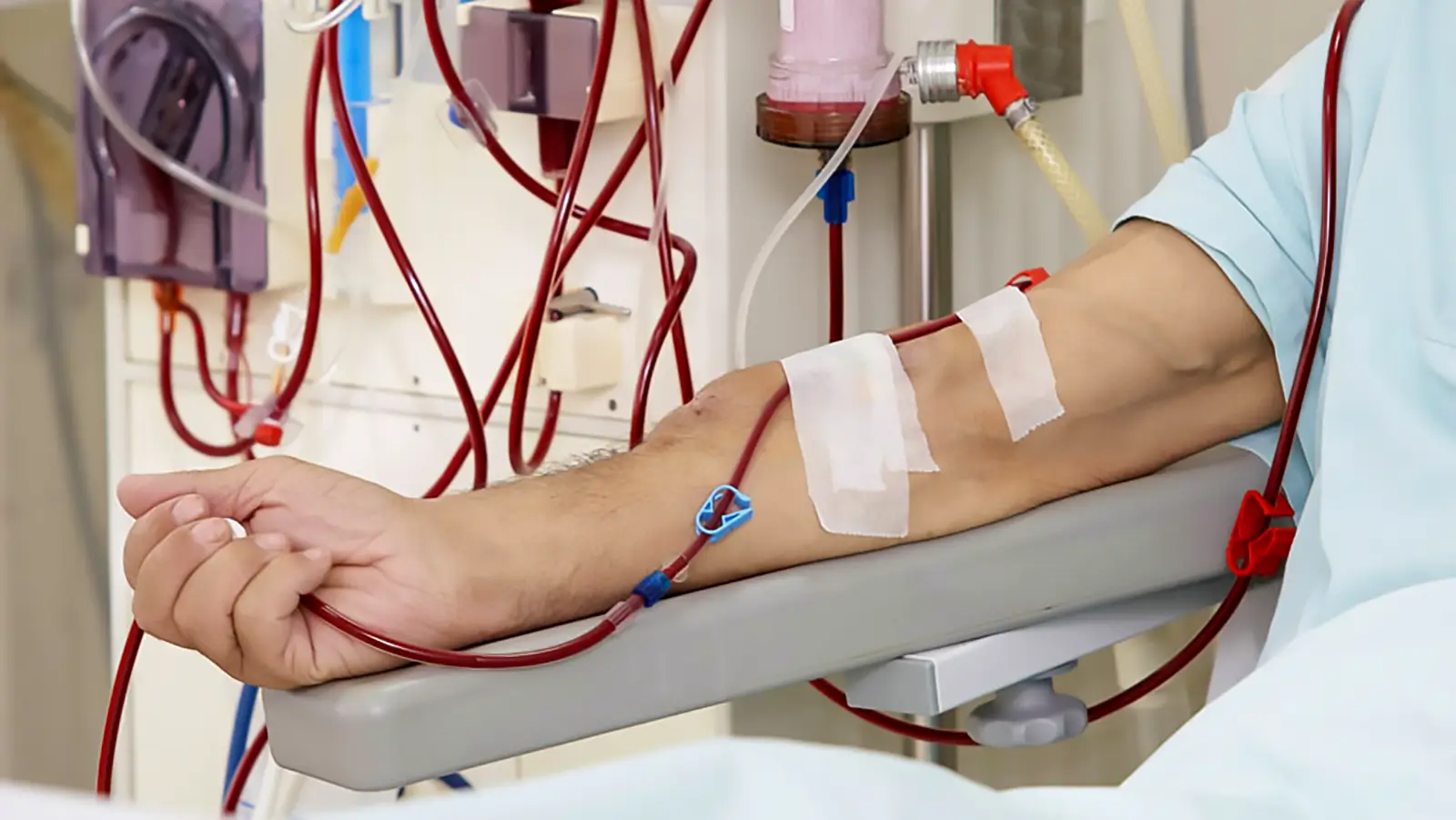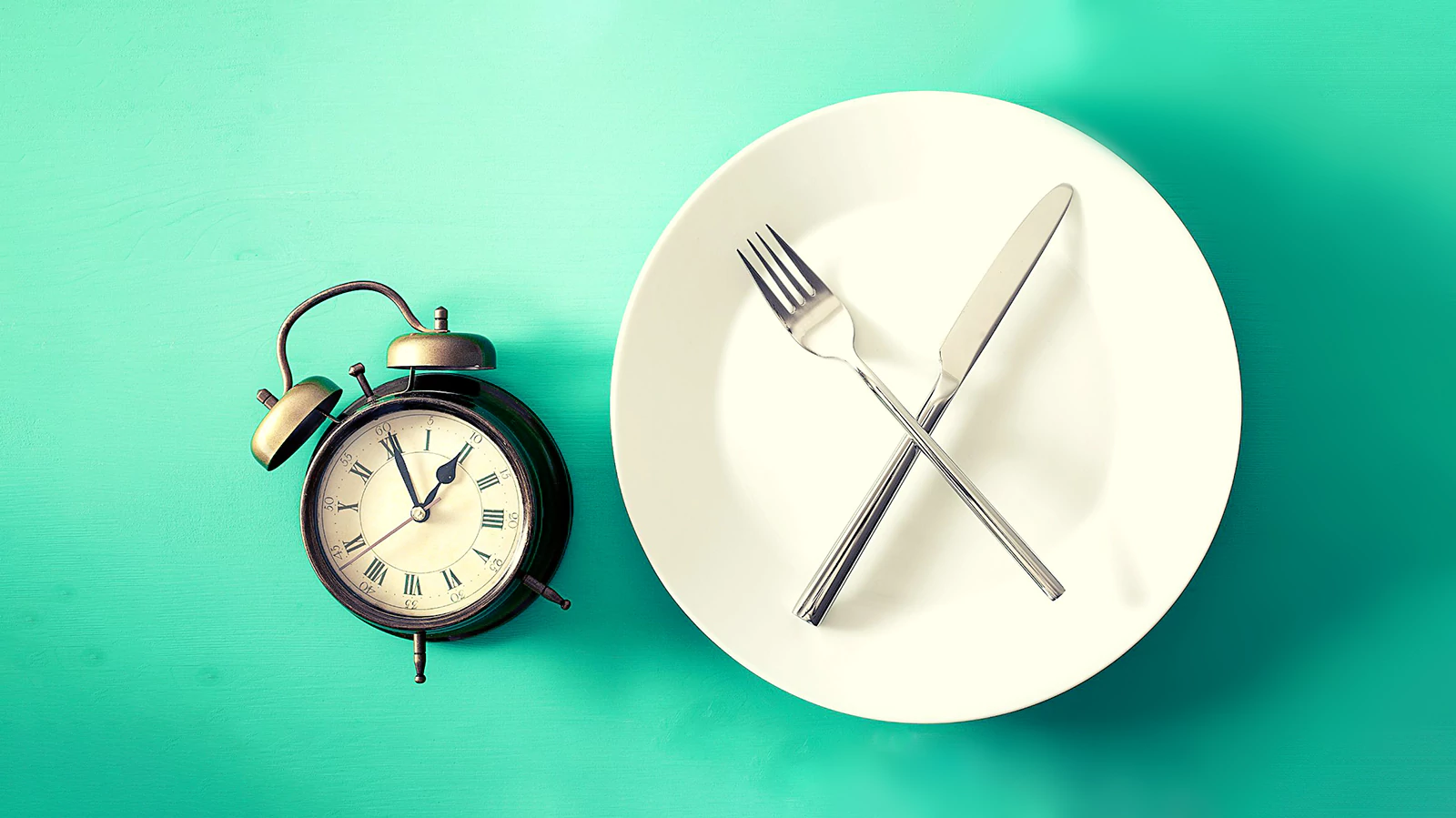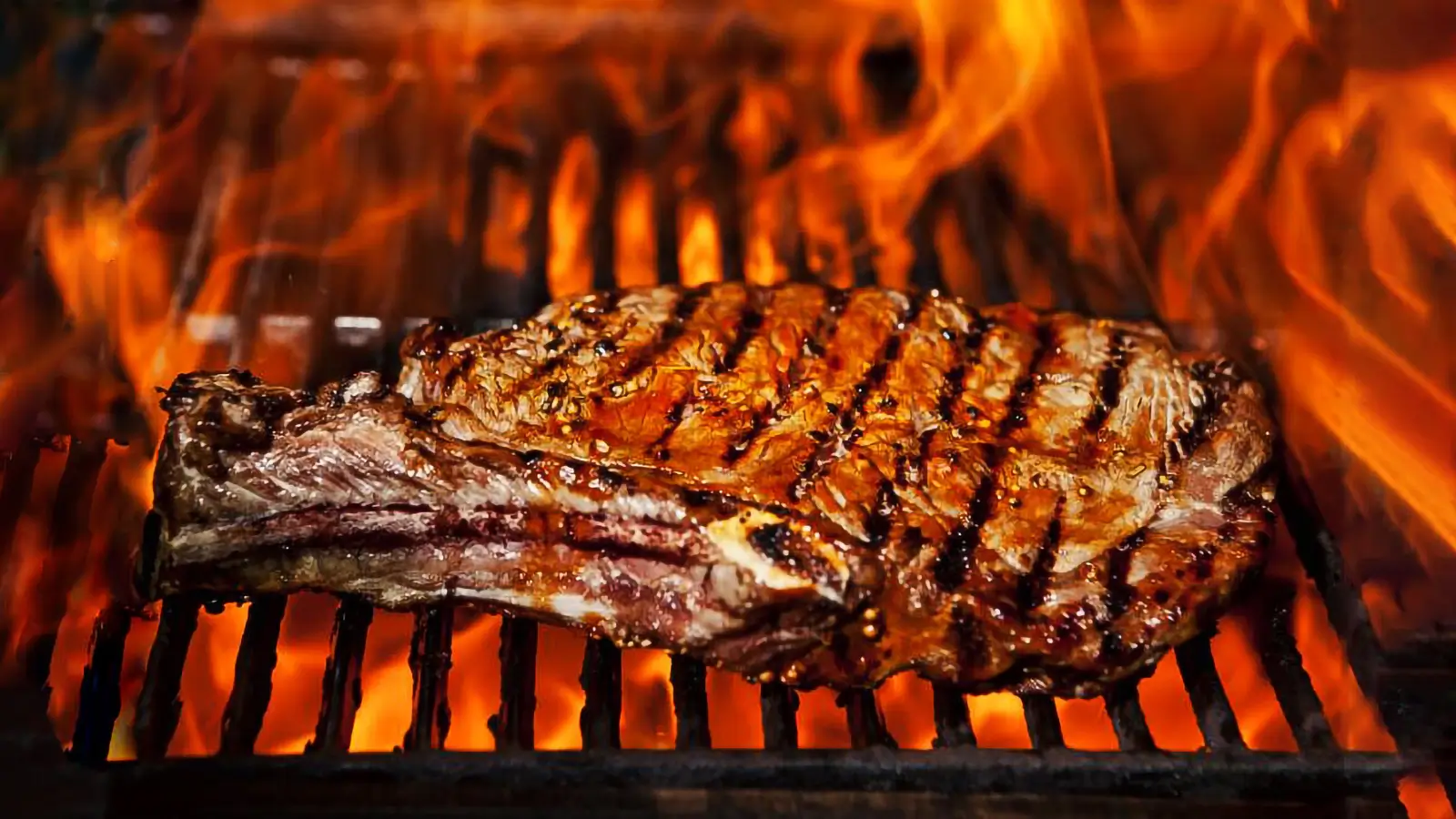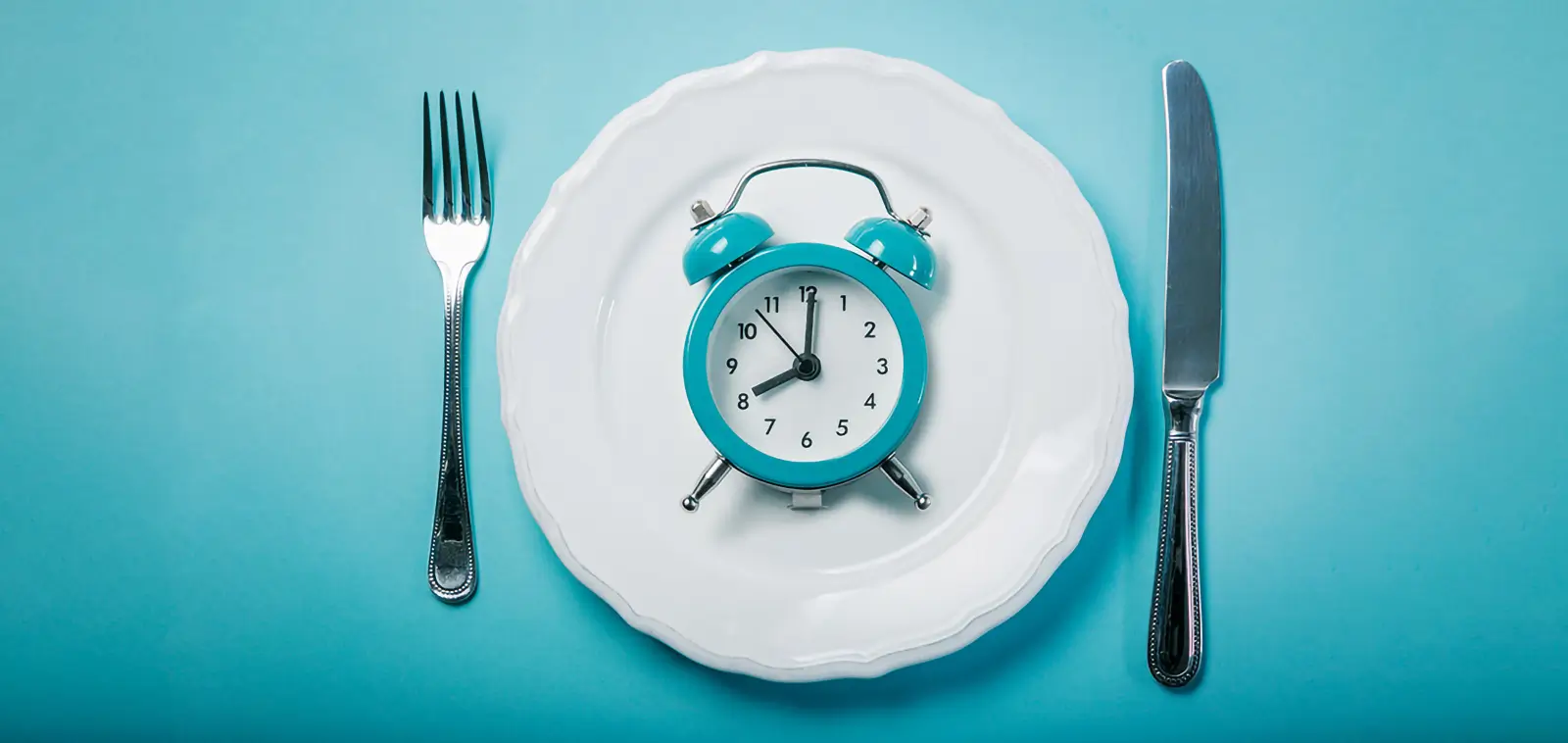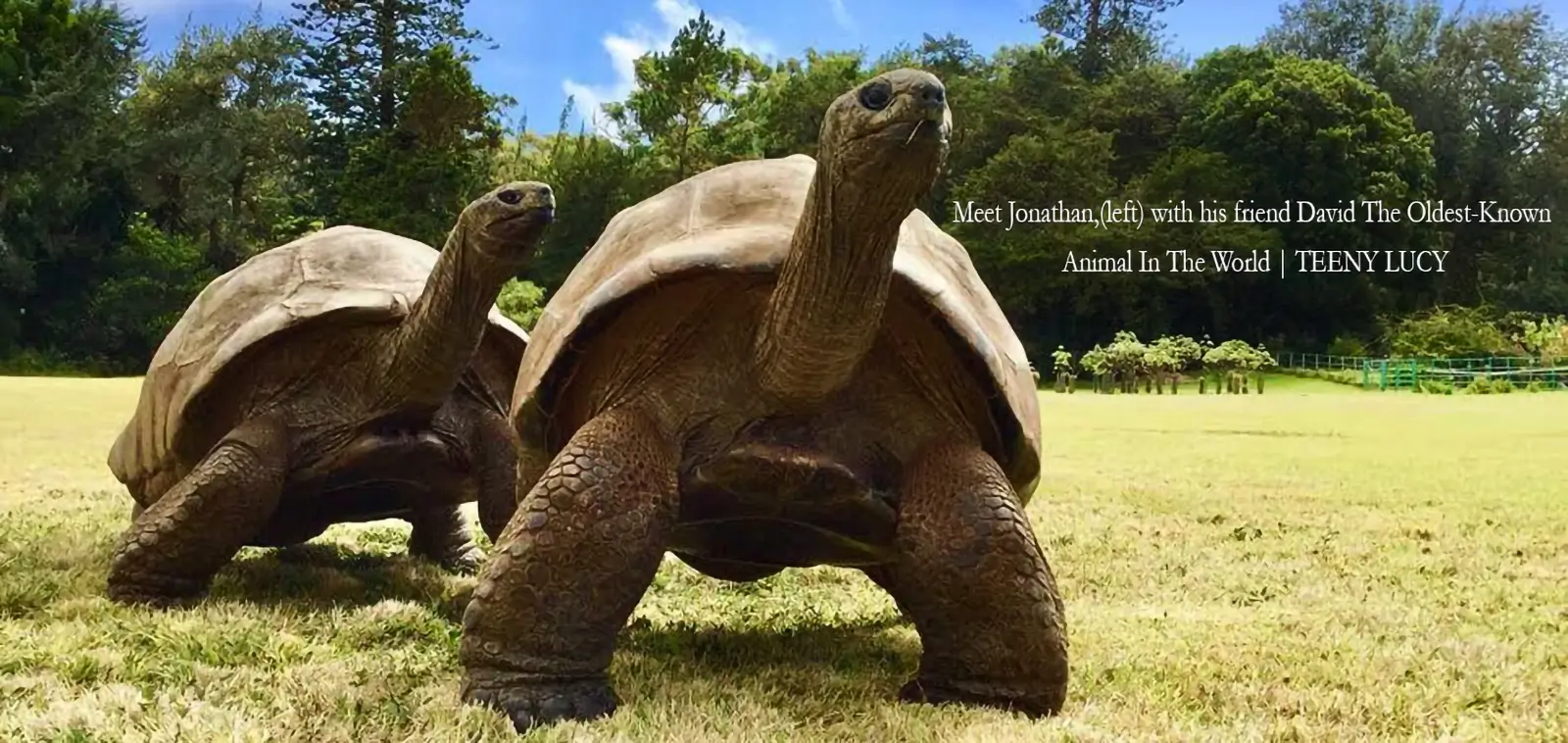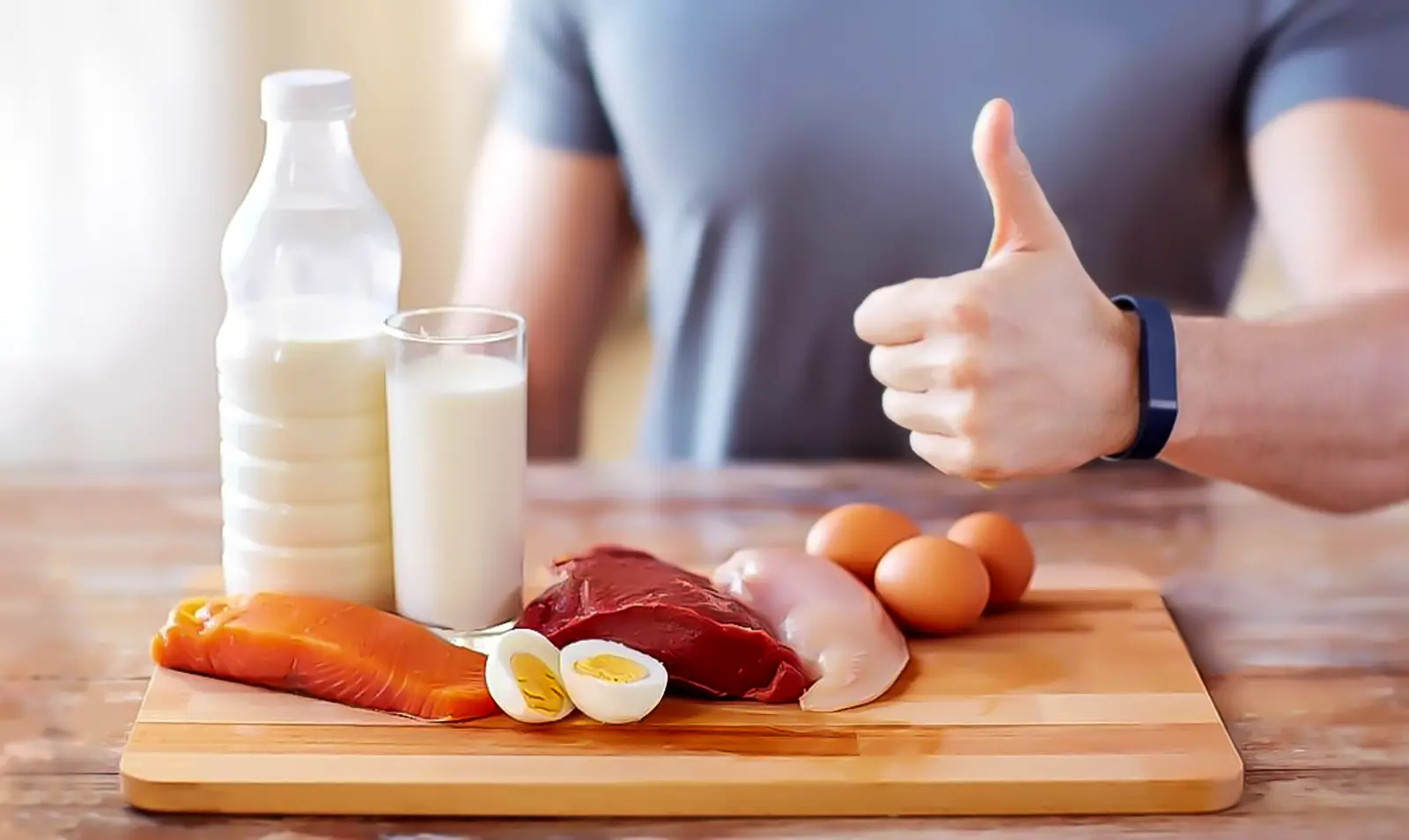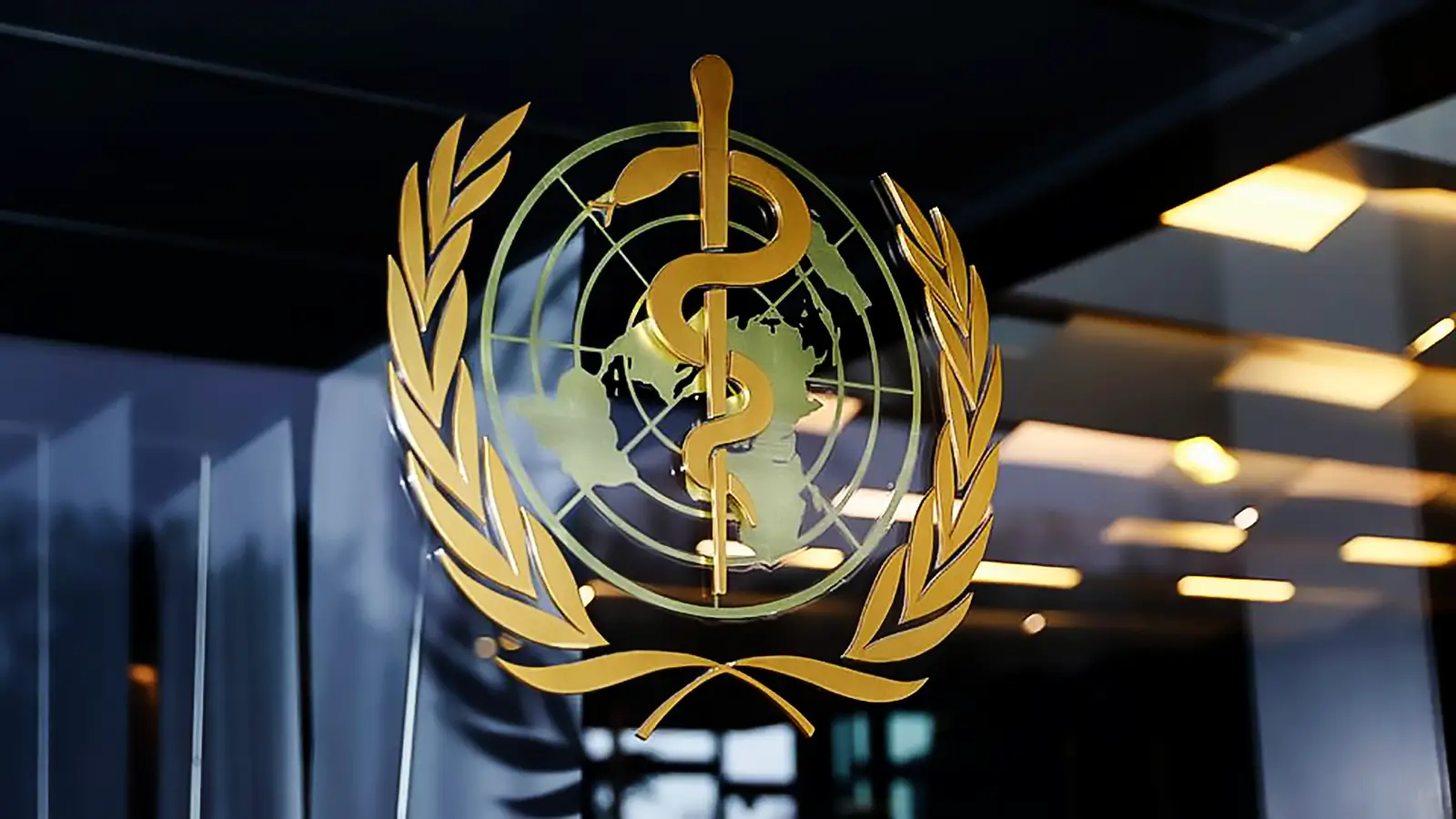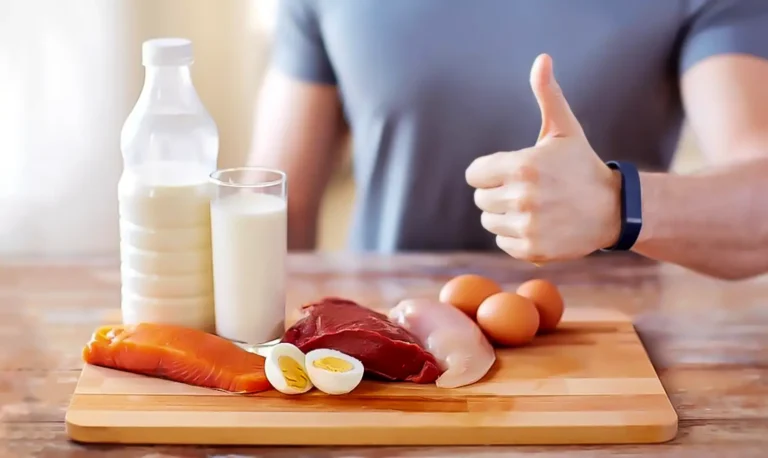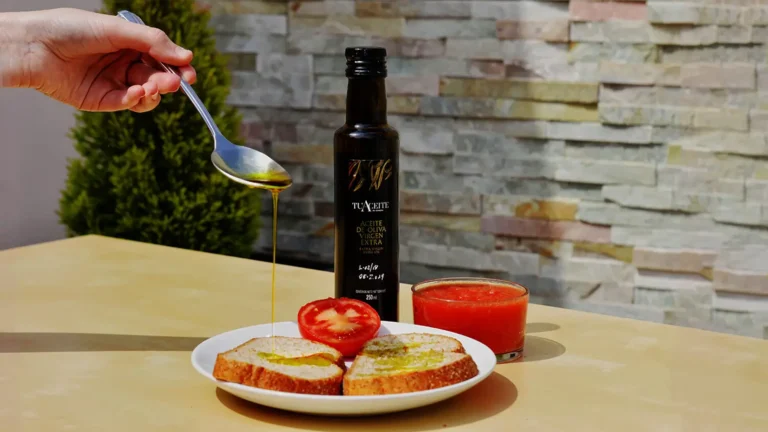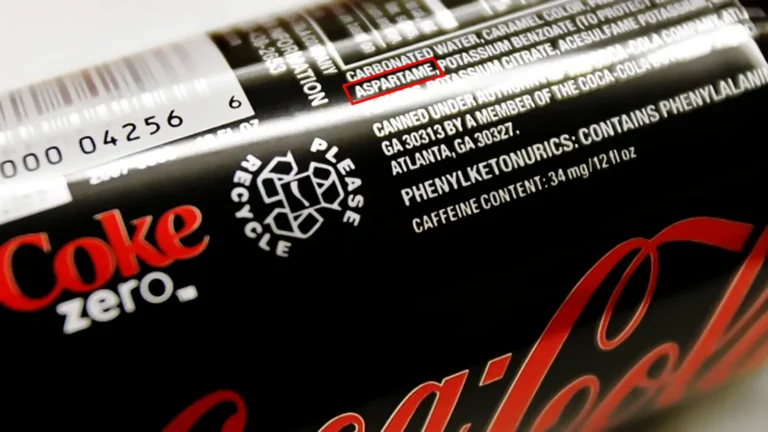Restrição de calorias, Autofagia, a Longevidade e a perda de massa Muscular
Todos nós queremos uma quantidade considerável de massa muscular e o metabolismo rápido, de modo que podemos comer mais, mas autofagia é o que está em linha com a biologia evolutiva.
Milos Pokimica
Escrito por: Milos Pokimica
Revisto Clinicamente Por: Dr. Xiùying Wáng, M.D.
Actualizado em 9 de Junho de 2023Queremos ter massa muscular tanto quanto possível e um metabolismo rápido tanto quanto possível para podermos comer mais e não ganharmos peso, mas a biologia evolutiva dir-nos-á novamente o que é saudável e não é comer constantemente em excesso. Os animais na natureza têm dificuldade em encontrar comida, pelo que um nível básico de existência é um aumento do nível de autofagia com jejum intermitente e restrição calórica. Vou utilizar uma citação do sítio Web do Instituto Nacional do Envelhecimento do Departamento de Saúde e Serviços Humanos dos EUA: Fernández-Ruiz, 2017, Na palavra grega antiga, "phagy" significa comer e a palavra "auto" significa "eu", pelo que autofagia significa auto-alimentação literária. Todos os dias nos comemos a nós próprios. Quando qualquer célula do nosso corpo morre, ela não vai para o lixo. O que acontece é uma reciclagem. A autofagia é um método fisiológico completamente natural no corpo que lida com a destruição das células. Controla a homeostasia ou o funcionamento regular através da degradação e destruição de proteínas e da rotação dos organelos celulares destruídos para a formação de novas células. Durante o stress celular (privação de nutrientes), o processo de autofagia é aumentado: "Ei, vamos cultivar coisas, agora temos todos os aminoácidos essenciais.",Denduluri et al., 2015,Cava et al., 2017,Fernández-Ruiz I. (2017). Metabolismo: Restrição calórica para um envelhecimento saudável.",Cava, E., Yeat, N. C., & Mittendorfer, B. (2017). Preservando músculos saudáveis durante a perda de peso.,Welton, S., Minty, R., O'Driscoll, T., Willms, H., Poirier, D., Madden, S., & Kelly, L. (2020). Jejum intermitente e perda de peso: Revisão sistemática, (2), 117-125, Zouhal, H., Saeidi, A., Salhi, A., Li, H., Essop, M. F., Laher, I., Rhibi, F., Amani-Shalamzari, S., & Ben Abderrahman, A. (2020). Treino de exercício e jejum: Current Insights.,, 1-28.,Denduluri, S. K., Idowu, O., Wang, Z., Liao, Z., Yan, Z., Mohammed, M. K., Ye, J., Wei, Q., Wang, J., Zhao, L., & Luu, H. H. (2015). Insulin-like growth fator (IGF) signaling in tumorigenesis and the development of cancer drug resistance.,(1), 13-25.,Calorie restriction, Autophagy, Longevity, and Muscle loss 33,Calorie restriction, Autophagy, Longevity, and Muscle loss 34,Glycogen depletion- How not to exercise 24,Inflammation and diet- Vegan argument 27,Intermittent Fasting vs Calorie Restriction- Is there a difference? 28,Longevidade: A teoria da taxa de vida 29,Compreender os valores ORAC: Níveis de Antioxidantes nos Alimentos 35,Deficiência de Micronutrientes na Dieta Americana Padrão: Estratégias de otimização 40,Dieta de alimentos crus - A perspetiva evolutiva 41,Açúcar refinado: Compreender os riscos 42
"Desde a década de 1930, os investigadores descobriram consistentemente que os ratos e ratos de laboratório vivem até 40 por cento mais tempo do que o habitual e também parecem ser mais resistentes a doenças relacionadas com a idade quando alimentados com uma dieta que tem pelo menos 30 por cento menos calorias do que normalmente consumiriam. Agora os investigadores estão a explorar se e como a restrição calórica irá afectar o envelhecimento em macacos e outros primatas não humanos".
Actualmente, dispomos de um grande número de estudos em seres humanos (Fernández-Ruiz, 2017). A resposta de restrição calórica existe em quase todas as espécies testadas até à data e provavelmente evoluiu muito cedo na história da vida na Terra como um mecanismo para aumentar as hipóteses de sobreviver a carências periódicas. Existe uma diferença entre o jejum e a restrição calórica prolongada, mas o mecanismo subjacente é o mesmo, e a restrição calórica prolongará a esperança de vida muito mais do que o jejum periódico, embora mesmo o jejum periódico tenha efeitos benéficos na longevidade.
Os benefícios provêm de duas razões principais. Existem outros benefícios, como por exemplo:
- melhor sensibilidade insulínica
- regulação das condições inflamatórias no corpo
- formação de células cancerosas a morrer de fome
- desintoxicante
- melhorar os padrões alimentares
- equilíbrio hormonal.
No entanto, há duas razões principais a nível celular que sublinham todos os outros benefícios que brotam destes dois.
Em primeiro lugar, quando os níveis sanguíneos de insulina baixam significativamente, e os níveis sanguíneos de hormona de crescimento podem aumentar até 5 vezes. A insulina e a hormona de crescimento desempenham papéis antagónicos uns contra os outros. Quando uma é elevada, a outra será baixa. Quando vamos dormir, jejuamos durante 10 horas, a insulina cai e a HGH (hormona de crescimento humano) sobe. Quando a HGH sobe, crescemos, especialmente se estivermos na puberdade. HGH estimula o crescimento, reprodução celular e regeneração celular. É, portanto, essencial no desenvolvimento humano.
Em segundo lugar, quando aceleramos as nossas células, iniciamos importantes processos de reparação celular e mudança nos genes que elas exprimem. Começamos a regenerar e a permitir a limpeza e desintoxicação do corpo. Uma das razões pelas quais as pessoas doentes têm um baixo apetite é que existem no processo de regeneração intensiva. Em termos médicos, essa regeneração é chamada de autofagia.
In the ancient Greek word, “phagy” means eating and the word “auto” means self, so autophagy means literary self-eating. You self-eat yourself every day. When any cell in our body dies, it will not go to waste. What happens is recycling. Autophagy is a completely natural physiological method in the body that deals with the destruction of cells. It controls homeostasis or regular functioning by protein degradation and destruction and turnover of the destroyed cell organelles for new cell formation. During cellular stress (deprivation of nutrients) the process of autophagy is increased.
A autofagia também tem a capacidade de destruir as células sob certas condições. Há uma forma de morte celular programada e há a morte celular induzida por autofagia. Dois tipos diferentes. A morte celular programada é normalmente denominada apoptose. Autofagia é denominada como morte celular programada não apoptótica com diferentes vias e mediadores da apoptose. Além disso, esta é a chave para a restrição calórica e o jejum. Se a célula for pré-cancerosa, por exemplo, ou danificada ou mutada de alguma forma, a morte da célula autofágica ajudará o nosso corpo a limpar-se a si próprio.
Após o esgotamento do glicogénio, entraremos em autofagia crescente, e o nosso corpo apoiar-se-á fortemente em aminoácidos e catabolismo proteico para a criação de energia. Os aminoácidos serão utilizados, e parte da massa muscular será perdida.
Além disso, é uma coisa boa.
O nosso organismo é muito mais inteligente do que pensamos. O nosso coração também é o músculo, mas não seria tocado. Primeiro vai o glicogénio, depois a gordura, depois o músculo, depois os órgãos vitais, e depois morremos de subnutrição. É um plano brilhante para sustentar a vida através da fome. Se existe uma célula "má" e uma célula "boa" e algumas das células precisam de "ir" buscar energia, primeiro na linha está a célula má. Os primeiros em linha a serem eliminados são as partes do sistema que podem estar danificadas ou velhas. As partes ineficientes. Acredita-se que a ausência de autofagia é uma das principais razões para a acumulação de células danificadas, e isto pode levar a sérias complicações de saúde. Se começarmos a ser severamente danificados pela quimioterapia ou outras toxinas, os ciclos de jejum podem gerar, literalmente, um sistema imunitário inteiramente novo.
O exercício por si só é capaz de aumentar a autofagia, numa situação em que a autofagia já acontece. Quanto mais intensivo for o exercício, tanto mais eficaz será. No entanto, se comermos e fizermos o exercício sozinho, não será benéfico.
A forma mais rápida de desligar a autofagia é comer grandes quantidades de proteína completa. O que isto fará é estimular o IGF-1 (factor de crescimento semelhante à insulina 1) e o mTOR (rapamicina), que são potentes inibidores da autofagia. O IGF-1 (factor de crescimento da insulina) é de certa forma responsável pelo crescimento muscular. No entanto, o efeito secundário catastrófico do IGF-1 é o cancro. É melhor limitar a proteína a cerca de 50 a 70 gramas por dia, dependendo da massa corporal magra. Quando ingerimos grandes quantidades de proteína, o nosso fígado detecta-a, e a resposta é:
”Hey let’s grow stuff, we have all essential amino acids now.”
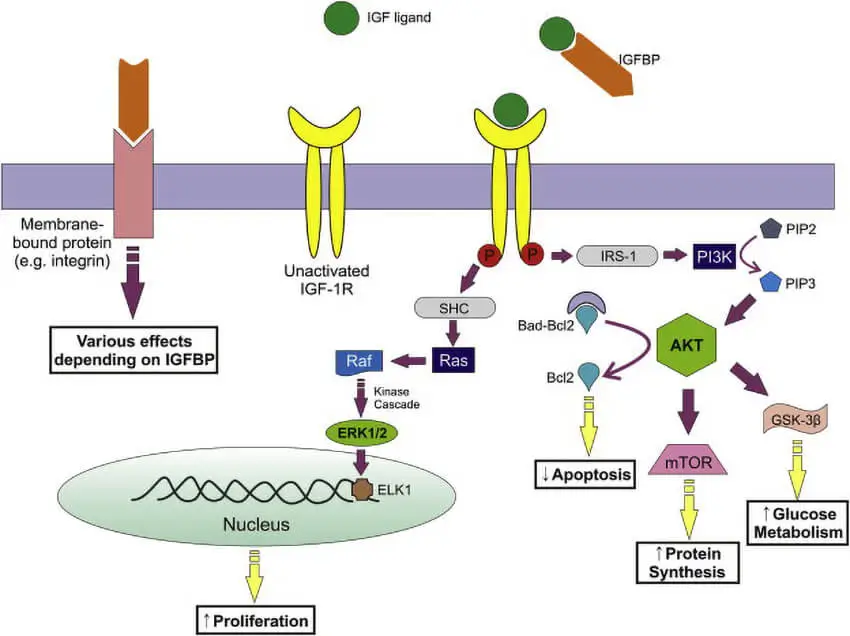
Começa a bombear o IGF-1. No estado de jejum, a ligação do GH (hormona de crescimento) é diminuída, de modo que mais GH é deixado na corrente sanguínea. Na restrição proteica, os receptores GH são mantidos, mas não para o IGF-1.
Para evitar a perda de músculo durante a restrição calórica e a dieta e para aumentar os benefícios da restrição calórica, o caminho a seguir é fazer um treino de resistência moderado. Isto não evitará a perda de músculo, mas será benéfico até certo ponto (Cava et al., 2017).
Outra forma é evitar alimentos não vegetarianos ou, por outras palavras, fontes de proteína "completa" em grandes quantidades.
Quando ingerimos uma fonte de proteína incompleta, o que significa que lhe faltam alguns dos aminoácidos essenciais, a libertação de IGF-1 não será sinalizada ao mesmo nível. Não se trata apenas da quantidade total de proteína consumida, mas também da fonte (Allen et al., 2002).
Se for vegano e comer fontes completas de proteínas como a soja, irá negar o benefício. É por causa do perfil proteico. Por exemplo, os veganos que comem 7 a 18 porções de refeições de soja por dia podem acabar com níveis de IGF-1 circulantes que são relativos aos que comem carne. Isto deve-se ao facto de a soja ter proteína completa. Algumas outras plantas também têm proteínas de alta qualidade. O elevado nível de consumo de proteínas na dieta tem outros efeitos negativos, independentemente disso. Também se o seu único objectivo é evitar a perda de massa muscular durante a dieta e não estiver interessado na longevidade, vai querer aumentar a sua ingestão de proteínas.
A boa notícia é que podemos usar a autofagia para limpar a nossa base genética, a má notícia é que já não o fazemos. No passado, a natureza obrigou-nos por não fornecermos recursos suficientes. Hoje comemos regularmente e mesmo que passemos fome, isso não vai durar o suficiente para esgotar os nossos armazéns de glicogénio.
Referências:
- Fernández-Ruiz I. (2017). Metabolism: Calorie restriction for healthy ageing. Revisões da Nature. Cardiologia, 14(4), 190. https://doi.org/10.1038/nrcardio.2017.26
- Cava, E., Yeat, N. C., & Mittendorfer, B. (2017). Preserving Healthy Muscle during Weight Loss. Avanços em Nutrição, 8(3), 511-519. https://doi.org/10.3945/an.116.014506
- Allen, N. E., Appleby, P. N., Davey, G. K., Kaaks, R., Rinaldi, S., & Key, T. J. (2002). The associations of diet with serum insulin-like growth fator I and its main binding proteins in 292 women meat-eaters, vegetarians, and vegans. Epidemiologia, biomarcadores e prevenção do cancro: uma publicação da Associação Americana para a Investigação do Cancro, co-patrocinada pela Sociedade Americana de Oncologia Preventiva, 11(11), 1441-1448.[PubMed]
- Welton, S., Minty, R., O’Driscoll, T., Willms, H., Poirier, D., Madden, S., & Kelly, L. (2020). Intermittent fasting and weight loss: Systematic review. Médico de família canadiano Medecin de famille canadien, 66(2), 117–125.[PubMed]
- Zouhal, H., Saeidi, A., Salhi, A., Li, H., Essop, M. F., Laher, I., Rhibi, F., Amani-Shalamzari, S., & Ben Abderrahman, A. (2020). Exercise Training and Fasting: Current Insights. Revista de acesso aberto de medicina desportiva, 11, 1–28. https://doi.org/10.2147/OAJSM.S224919
- Denduluri, S. K., Idowu, O., Wang, Z., Liao, Z., Yan, Z., Mohammed, M. K., Ye, J., Wei, Q., Wang, J., Zhao, L., & Luu, H. H. (2015). Insulin-like growth factor (IGF) signaling in tumorigenesis and the development of cancer drug resistance. Genes e doenças, 2(1), 13–25. https://doi.org/10.1016/j.gendis.2014.10.004
Publicações Relacionadas
Você tem alguma dúvida sobre saúde e nutrição?
Eu adoraria ouvir de você e respondê-las em meu próximo post. Agradeço sua contribuição e opinião e espero ouvir de você em breve. Eu também convido você a siga-nos no Facebook, Instagram e Pinterest para mais conteúdos sobre dieta, nutrição e saúde. Pode deixar um comentário e ligar-se a outros entusiastas da saúde, partilhar as suas dicas e experiências e obter apoio e encorajamento da nossa equipa e comunidade.
Espero que este post tenha sido informativo e agradável para si e que esteja preparado para aplicar os conhecimentos que aprendeu. Se achou este post útil, por favor partilhá-lo com os seus amigos e familiares que também possam beneficiar com isso. Nunca se sabe quem poderá precisar de alguma orientação e apoio no seu percurso de saúde.
– Você Também Pode Gostar –

Aprender Sobre Nutrição
Milos Pokimica é médico de medicina natural, nutricionista clínico, escritor de saúde e nutrição médica, e conselheiro em ciências nutricionais. Autor da série de livros Go Vegan? Revisão de Ciênciaopera também o website de saúde natural GoVeganWay.com
Medical Disclaimer
GoVeganWay.com traz análises das pesquisas mais recentes sobre nutrição e saúde. As informações fornecidas representam a opinião pessoal do autor e não pretendem nem implicam substituir aconselhamento, diagnóstico ou tratamento médico profissional. As informações fornecidas são apenas para fins informativos e não se destinam a servir como substituto para consulta, diagnóstico e/ou tratamento médico de um médico ou profissional de saúde qualificado.NUNCA DESCONSIDERE o CONSELHO MÉDICO PROFISSIONAL OU adiar a BUSCA de TRATAMENTO MÉDICO por causa DE ALGO QUE TENHA LIDO OU ACESSADO por MEIO de GoVeganWay.com
NUNCA APLIQUE QUAISQUER MUDANÇAS de estilo de VIDA OU QUALQUER MUDANÇA COMO UMA CONSEQUÊNCIA DE ALGO QUE TENHA LIDO NO GoVeganWay.com ANTES de CONSULTORIA de LICENÇA MÉDICA.
No caso de uma emergência médica, ligue para o médico ou para o 911 imediatamente. GoVeganWay.com não recomenda ou endossa qualquer específicos, grupos, organizações, exames, médicos, produtos, procedimentos, opiniões ou outras informações que podem ser mencionadas dentro.
Sugestões do Editor –
Milos Pokimica é escritor especializado em saúde e nutrição e consultor em ciências nutricionais. Autor da série de livros Go Vegan? Revisão de Ciênciaopera também o website de saúde natural GoVeganWay.com
Artigos Mais Recentes -
Superior De Saúde De Notícias — ScienceDaily
- Scientists find dark chocolate ingredient that slows agingon Dezembro 12, 2025
Scientists have uncovered a surprising link between dark chocolate and slower aging. A natural cocoa compound called theobromine was found in higher levels among people who appeared biologically younger than their real age.
- Nerve injuries can trigger hidden immune changes throughout the entire bodyon Dezembro 12, 2025
Researchers discovered that nerve injuries can alter the immune system throughout the body, and males and females react very differently. Male mice showed strong inflammatory responses, while females showed none, yet both transmitted pain-inducing signals through their blood. These findings reveal previously unknown pathways driving pain, especially in females. The work points toward new opportunities for personalized chronic pain therapies.
- NAD+ supplement shows early promise for long COVID fatigue and brain fogon Dezembro 12, 2025
Long COVID still affects people worldwide with stubborn symptoms like fatigue and cognitive issues. A clinical trial tested whether boosting NAD+ using nicotinamide riboside could help. Although overall group differences were limited, many participants showed encouraging improvements after taking NR for at least 10 weeks. The findings suggest NAD+ enhancement may offer symptom relief for some individuals.
- Stressed rats keep returning to cannabis and scientists know whyon Dezembro 11, 2025
Rats with naturally high stress levels were far more likely to self-administer cannabis when given access. Behavioral testing showed that baseline stress hormones were the strongest predictor of cannabis-seeking behavior. Lower cognitive flexibility and low endocannabinoid levels also contributed to increased use. The results hint at possible early indicators of vulnerability to drug misuse.
- Even moderate drinking carries a bigger cancer risk than you thinkon Dezembro 11, 2025
Researchers found that both how often and how much someone drinks significantly shape their cancer risk, even at moderate levels. Vulnerability varies across groups, with genetics, socioeconomic status, obesity, and lifestyle behaviors amplifying harm. The review also uncovered gender differences, beverage-specific risks, and biological pathways that intensify cancer development.
- Scientists uncover a hidden protein behind deadly mystery diseaseson Dezembro 11, 2025
Scientists discovered that the protein RPA plays a critical and previously unconfirmed role in stimulating telomerase to maintain long, healthy telomeres. When RPA malfunctions, telomeres can shorten dangerously, leading to serious diseases.
- Gene-edited CAR-T cells erase aggressive T-cell leukemiaon Dezembro 11, 2025
A cutting-edge therapy using base-edited immune cells is offering a major breakthrough for patients with one of the toughest forms of blood cancer, T-cell acute lymphoblastic leukaemia. By precisely rewriting tiny sections of DNA, scientists at UCL and Great Ormond Street Hospital created universal CAR T-cells capable of targeting the cancer without harming themselves—a long-standing challenge in T-cell–based therapies. Early trial results show deep, long-lasting remissions, including in […]
PubMed, #vegan-dieta –
- Healthful and Unhealthful Plant-Based Diets and Their Association with Cardiometabolic Targets in Women Diagnosed with Breast Cancer: A Cross-Sectional Analysis of a Lifestyle Trialon Dezembro 11, 2025
CONCLUSIONS: Maintaining cardiometabolic risk factors within normal ranges is clinically relevant in BCS, and this may be more likely when a plant-based diet is consumed, especially if low in unhealthy plant foods.
- Dietary and Lifestyle Patterns and Their Associations with Cardiovascular and Inflammatory Biomarkers in Vegans, Vegetarians, Pescatarians, and Omnivores: A Cross-Sectional Studyon Dezembro 11, 2025
Background: Plant-based diets are associated with reduced cardiometabolic risk, yet the influence of lifestyle behaviors on these benefits remains insufficiently understood. Objective: To assess the combined impact of dietary patterns and lifestyle behaviors on body composition, lipid profiles, and inflammatory biomarkers in healthy young adults. Methods: In this cross-sectional study, 155 participants aged 18-39 years were categorized into four dietary groups: vegans (n = 48), vegetarians (n […]
- Functional and Nutritional Properties of Lion’s Mane Mushrooms in Oat-Based Desserts for Dysphagia and Healthy Ageingon Dezembro 11, 2025
Hericium erinaceus (Lion’s Mane mushroom) is a medicinal species recognised for its neuroprotective and antioxidant properties. This study investigated its potential as a functional ingredient in oat milk-based desserts formulated for individuals with dysphagia. Freeze-dried Lion’s Mane powder (LMP), containing high-quality protein (~16%, amino acid score 88%), dietary fibre (~31%), and phenolic compounds (72.15 mg GAE/g), was incorporated at varying levels using gelatin or iota-carrageenan […]
- “A football team with no midfield”: A qualitative analysis of anti-vegan stigma in Italyon Dezembro 7, 2025
A growing body of research has demonstrated the prevalence of unfavourable attitudes towards individuals who adhere to a vegan diet and has provided empirical evidence to support the existence of an anti-vegan ideology. The present study aims to contribute to extant knowledge by examining the social perception of veganism and vegans in Italy. Italy is a nation characterised by a traditional culture of food that serves as a significant catalyst for collective identification and national pride….
- Plant-based dietary index on the Mediterranean and a vegan diet: a secondary analysis of a randomized, cross-over trialon Dezembro 5, 2025
CONCLUSION: These findings suggest that, replacing animal products even with the “unhealthful” plant-based foods on a vegan diet was associated with weight loss.
Postagens aleatórias –
Postagens em destaque –

Últimas do PubMed, #dieta baseada em vegetais –
- Bioactive Nutritional Components Within the Planetary Health Diet for Preventing Sarcopenic Obesity and Diabetic Sarcopenia: A Systematic Reviewpor Lia Elvina on Dezembro 11, 2025
CONCLUSIONS: PHD-aligned foods combining plant proteins, polyphenols, and fermented products strengthen nutrient sensing, mitochondrial efficiency, and cellular resilience, representing a sustainable nutritional framework for preventing and managing SO and DS.
- Ultra-Processed Foods Consumption, Mediterranean Diet Adherence and Sociodemographic Correlates in an Italian Adult Population: The UFO Surveypor Emilia Ruggiero on Dezembro 11, 2025
Background: Although national surveys report increasing ultra-processed foods (UPFs) consumption, updated estimates for Italy are lacking. Given the central role of the Mediterranean Diet (MD), understanding how UPFs contribute to the contemporary Italian diet is essential. This study quantified UPF intake in a convenience sample of Italian adults and examined its main sociodemographic correlates, including MD adherence. Methods: A web-based cross-sectional survey was conducted among Italian…
- High-Salt Diets, Intestinal Barrier, and Hypertension: A Mechanistic Review and the Promise of Dietary Therapypor Wenhao Si on Dezembro 11, 2025
Hypertension is a major public health problem worldwide, and high-salt diets are one of the main causes of hypertension. The intestinal mucosal immune system is the largest immune organ in vertebrates. Hypertension was associated with increased intestinal permeability and an inflammatory state. The bacterial communities attached to the intestinal mucosa played a significant role in the development and maturation of the autoimmune system, as well as inflammation and immunity to disease. In […]
- Health-Promoting Potential of the Mediterranean Diet and Challenges for Its Application in Aging Populationspor Marta Cianciabella on Dezembro 11, 2025
The Mediterranean Diet (MD) is a lifestyle that involves not only dietary habits, well known for their effectiveness in preventing health risks by supplying well-balanced foods rich in bioactive compounds, but also daily habits that improve the quality of life. Older adults represent a segment of the population that can particularly benefit from this dietary pattern. However, the specific characteristics and needs of older individuals require a critical analysis of aspects that may limit…
- Association of Mediterranean Diet Scores with Psychological Distress in Pregnancy: The Japan Environment and Children’s Studypor Yuri Takahashi on Dezembro 11, 2025
Background/Objectives: Perinatal mental disorders are important health issues that affect both mothers and their children. The Mediterranean diet (MD) is one of the most well-recognized healthy dietary patterns worldwide. Recent evidence suggests that MD may prevent or reduce the risk of perinatal mental disorders. This study investigated the association between MD adherence during pregnancy and psychological distress in a large cohort of Japanese births. Methods: Data were obtained from […]
- Protective Role of Ginsenoside F1-Enriched Extract (SGB121) in Metabolic Dysfunction-Associated Fatty Liver Disease (MAFLD)por Bo Yoon Chang on Dezembro 11, 2025
Introduction/Objectives: Ginsenoside F1, a pharmacologically active saponin derived from Panax ginseng, exhibits diverse bioactivities, but its use is limited because it is difficult to purify and has high production costs. To overcome these challenges, a ginsenoside F1-enriched extract named SGB121 was developed. This study aimed to evaluate the therapeutic efficacy of SGB121 in a high-fat, high-carbohydrate (HFHC) diet-induced metabolic dysfunction-associated fatty liver disease (MAFLD) […]
